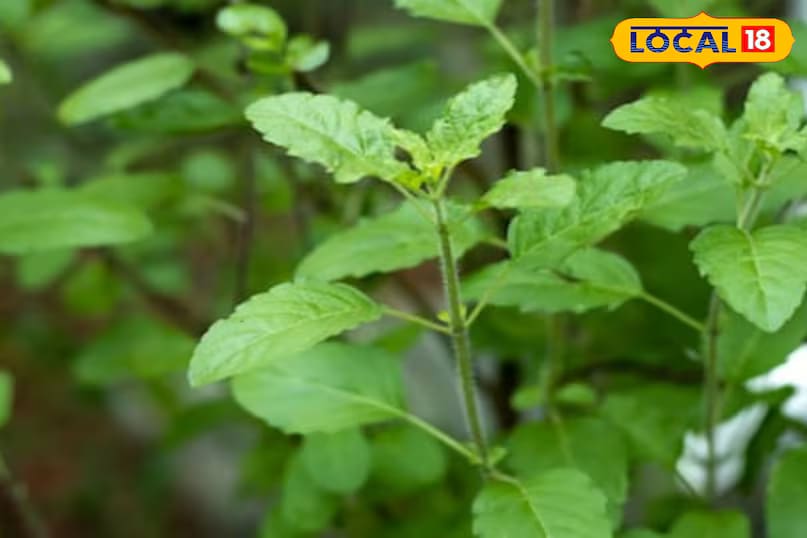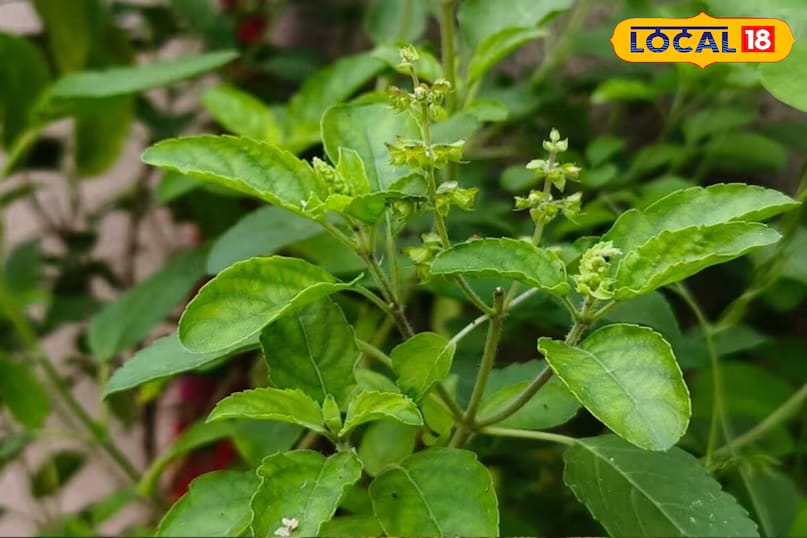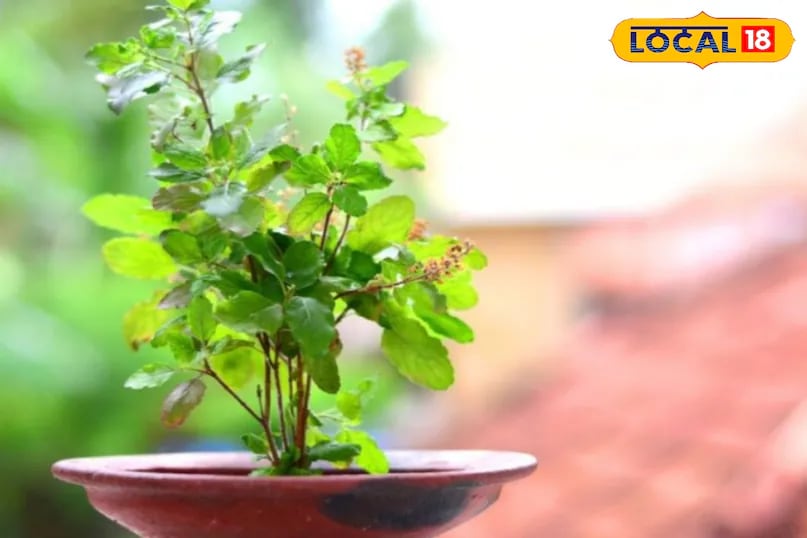There is an abundance of tulsi (basil) plants growing naturally in the forests of the Valmiki Tiger Reserve in Bihar’s West Champaran district. Medicinal plant expert Ravikant Pandey notes that the common varieties found here include forest basil, Shyam tulsi, and camphor basil. These types flourish in the wild, but when grown at home in pots, they often start to wither. (News18 Hindi)

According to traditional beliefs, a dying tulsi plant at home is considered inauspicious. However, Ravikant offers a few simple care tips to help keep your tulsi plant at home healthy and thriving. Regular pruning is key to maintaining a lush and dense basil plant. Trimming the branches at the right time encourages healthy growth and branching, ensuring the plant remains robust and full. (News18 Hindi)

Many people place basil pots in areas with harsh sunlight, but experts advise against exposing the plant to intense sun, especially during the summer. Gentle sunlight in the morning or evening is beneficial, but strong afternoon heat can damage the leaves. It’s best to move the pot to a shaded area during peak hours. (News18 Hindi)

During the rainy season, excess water can harm tulsi plants because their roots are prone to fungal infections. Waterlogging should be avoided, so make sure your pot has drainage holes at the bottom to allow excess water to escape. Poor soil and very cold temperatures can also cause the plant to dry up. (News18 Hindi)

A unique tip from Ravikant is to crush ordinary chalk (the type used on children’s slates) and mix it into the soil before watering. This helps replenish calcium in the soil, promoting greener, healthier growth and helping revive wilting plants. (News18 Hindi)

To further prevent fungal infections, you can sprinkle powdered neem seeds or add dried neem leaves to the pot. Using organic compost such as cow dung manure and occasionally repotting the plant can also significantly improve its health and longevity. (News18 Hindi)






